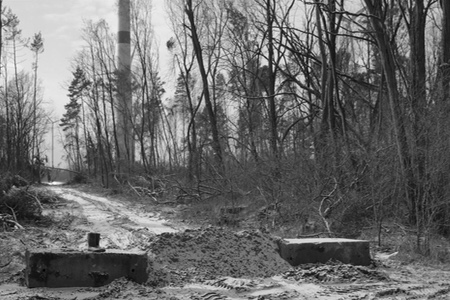Director Thomas Heise was born in East Berlin, and his first films were banned from release until the fall of the German Democratic Republic in 1990. Over the past thirty years, Heise has worked as a director of both theatre and documentary films, exploring the cultural and political changes through this tumultuous period in Germany.
In Heimat Is A Space In Time, Heise examines his family home and homeland, through the many ups and down of 19th-20th century Germany. Through the use of family letters, photographs and government records, Heise attempts to piece together what remains of his family.
The film begins with images of Red Riding Hiding, the Woodsman and the Wolf. It sets up for the story that is about to unfold. The collage of documents, diaries that Heise reads, in voiceover, are combined with various black-and-white images of various landscapes in Germany. Images of young lovers kissing in the dark are layered with love letters exchanged between Heise’s grandparents show the human side of German history.

At times, silences become powerful reminders of time that has transpired. At other times, images mixed with sounds of cargo trains remind us of the genocide, the war, and the rise and fall of political ideologies as well. The film serves as a sort of testimony of the country’s history, as well as, that of Heise’s family.
Below is a short interview with Thomas Heise during TIFF. Unfortunately, we ran out of time to discuss many more things. With the aid of an interpreter, however, he still shared some very interesting points about the film.
Heimat is a Space in Time is Heise’s most personal work to date. The film is an experience, which requires time and attention to appreciate its scope.






